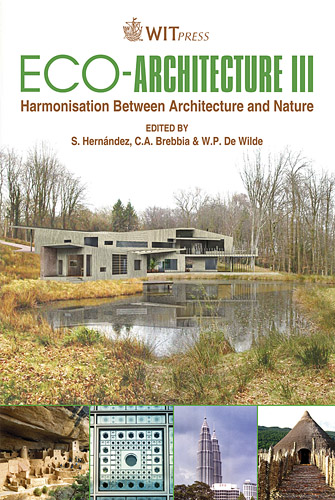Addition Of Polymeric Wastes As Pore Formers In Ceramic Lightweight Bricks
Price
Free (open access)
Transaction
Volume
128
Pages
12
Page Range
447 - 458
Published
2010
Size
2,553 kb
Paper DOI
10.2495/ARC100381
Copyright
WIT Press
Author(s)
N. Quaranta1, M. Caligaris1, H. López1, M. Unsen1, N. Lalla1, M. L. Franzoy2, M. F. Carrasco2, J. Citroni2 & M. Avendaño2
Abstract
In the Argentine littoral region, ceramic brick masonry is generally used, with common bricks of 0.15 m thick for walls constituting the exterior of homes. This thickness is insufficient to achieve adequate hygroscopic and thermal isolation conditions because this area requires that such walls provide a minimum thickness of 0.30 m, considering the brick and plaster on both sides. The objective of this work is to develop alleviating bricks, decreasing their density by the incorporation of macroscopic pores in the mass of the fired brick through solid wastes consumed during heat treatment, using conventional manufacturing procedures. In this way, the thermal insulation capacity will increase, without risky reductions in the resistance to compression or excessive increases in costs, and the amount of natural land use will be reduced. Samples of 24 cm x 12 cm x 5 cm were obtained, from mixes of clays, like those used in traditional brick production (soil), with the addition of different waste materials: cinder and crushed expanded polystyrene of two different granulometries. The utilized raw materials were characterized by several techniques: particle size analysis, optical and scanning electron microscopies and X-ray electron dispersion analysis. From the sintered bodies, parameters such as density, porosity, thermal conductivity and compression resistance were determined. A better behavior was observed when polymeric waste was used in respect of cinder utilization: greater resistance to compression and less thermal conductivity. Keywords: wastes, ceramics, construction.
Keywords
wastes, ceramics, construction





